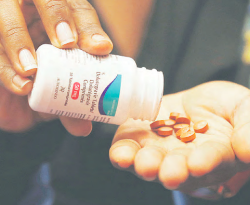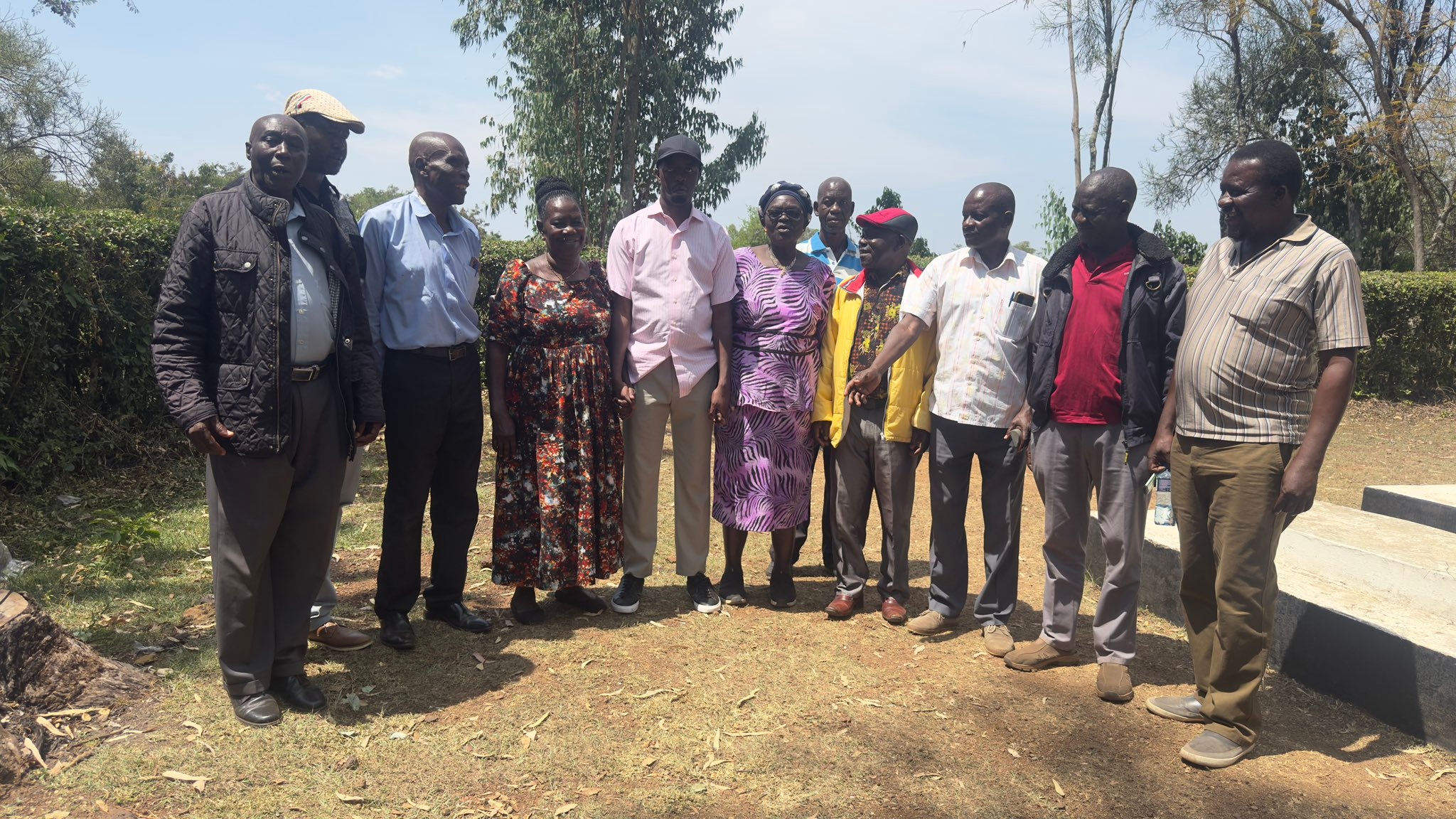
EXPERTS are calling for more studies on the effects of different HIV medications on women.
They said some medicines are causing more adverse side effects in women than in men.
Of major concern is weight gain.
In addition to women being more likely to experience weight gain with ARV initiation, the pattern of weight gain differs between men and women.
Some studies show women gain fat which is concentrated in the limbs and trunk. Dr Loice Ombajo, head of infectious disease unit at Kenyatta National Hospital, said women are more likely to abandon treatment because of adverse side effects.
“A patient was put on antiretroviral therapy in 2021, but by last year had gained 40kg. She says I can’t find a dress that fits me. That’s the reality we have to face. We have to think of how do we transition women facing weight gain,” she said.
Ombajo spoke at the second edition of the African Workshop on Women & HIV in Nairobi.
The primary purpose of the meeting was to support changes that will provide a better quality of life for women living with HIV and reduce HIV transmissions.
Ombajo said 76 per cent of all HIV positive women in the world live in sub-Saharan Africa.
“Women are also disproportionately affected in Kenya,” she said.
According to the Kenya HIV Estimates 2023, out of the 1.4 million Kenyans living with HIV, approximately 890,747 are women.
“Current drug regimen are efficacious but we need more data on side effects,” Ombajo said.
Prof Elizabeth Bukusi, a chief research officer at the Kenya Medical Research Institute said the goal is to ensure people take the best drugs that have fewer side effects.
“No matter what you take, they always will have some side effects. The question is can we find those that we can minimise the side effects to make it easier for people to take them,” she told the Star.
Bukusi said it is better to focus on men as well. “Men play an important role. They’re partners in this, because a woman who can’t disclose her status to her husband will have difficulty in staying on treatment,” she said.
“And so getting men to walk alongside, because the empowerment of men will enable them to empower the women to look after themselves.”
Currently, an estimated 1.378 million Kenyans are living with HIV, with 97 per cent receiving treatment through a network of 3,752 treatment sites, according to the National Syndemic Diseases Control Council.
Last year on December 1, Dr Ruth Laibon-Masha, CEO of the NSDCC, revealed that Kenya’s national HIV prevalence rate of 3.3 per cent rises to 18.7 per cent among people who inject drugs.
In 2023, about 20,478 Kenyans died due to Aids-related causes, including 2,607 children aged 0-14.
However, NSDCC says Kenya is on track to meet the UNAIDS 95-95-95 targets by 2025—aiming for 95 per cent of people living with HIV to know their status, 95 per cent of those diagnosed to access treatment, and 95 per cent of those on treatment to achieve viral suppression.
















